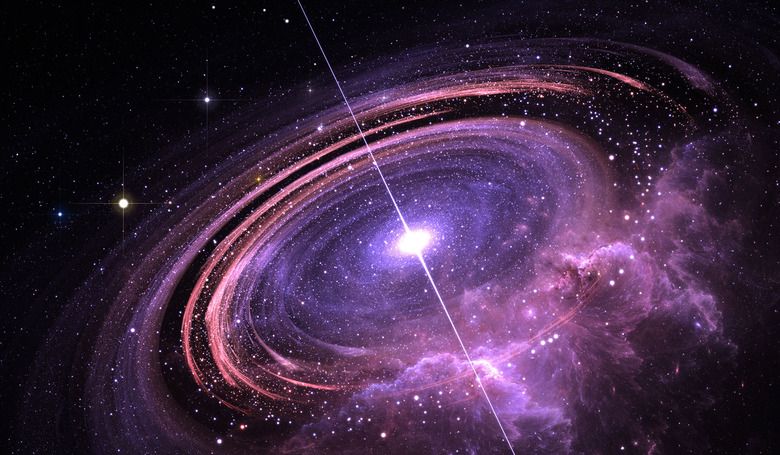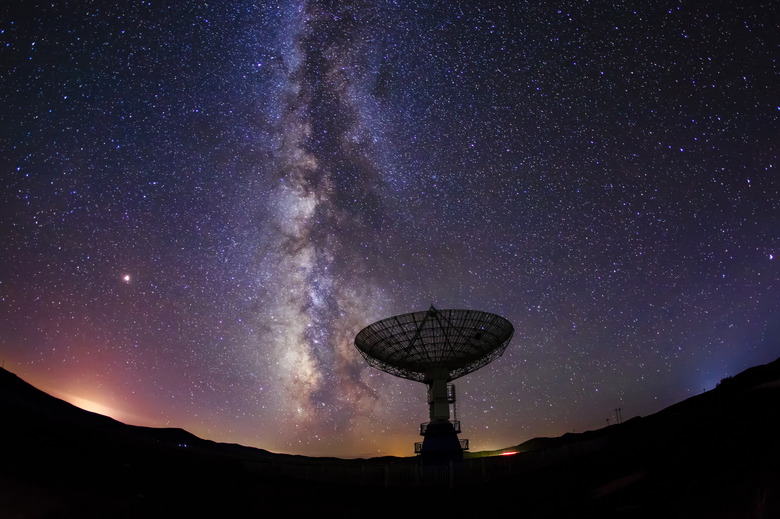Astronomers Detected A Star's Mysterious 'Heartbeat' Billions Of Light-Years Away
A group of astronomers at MIT and other universities have discovered a star's "heartbeat." The heartbeat, which is a radio signal, originated from an unknown origin billions of light-years away from Earth. The astronomers aren't sure exactly what caused it, but they say it likely came from a radio pulsar or a magnetar.
Astronomers just detected a star’s “heartbeat”
The signal they detected is a fast radio burst, or FRB. It's essentially a strong burst of radio waves. FRBs typically last for a few milliseconds at most. However, the signal the astronomers detected lasts for around 3 seconds. That's roughly 1,000 times longer than the average FRB. The signal also repeated every .2 seconds, almost like the star's heartbeat.
They labeled the signal FRB 20191221A. It's currently the longest-lasting FRB and it has the clearest periodic pattern that we've detected to date. As I noted above, the astronomers aren't really sure exactly what the cause of the radio signal is. It either belongs to a radio pulsar or a magnetar. Both are neutron stars, which are the extremely dense and rapidly spinning collapsed cores of massive stars.
The astronomers believe it's one of those two because they're the primary examples of entities that we know about that emit such signals. But, because this heartbeat-like signal is so active, the astronomers say it's almost like a pulsar or magnetar on steroids.
Listening closely
The astronomers published a paper on the discovery in the journal Nature this month. The discovery was documented by MIT co-authors Calvin Leung, Juan Mena-Parra, Kaitlyn Shin, and Kiyoshi Masui, and Daniele Michilli. The researchers hope to be able to investigate the star's heartbeat more by observing the signal more.
"Not only was it very long, lasting about three seconds but there were periodic peaks that were remarkably precise, emitting every fraction of a second," Michilli explained in an MIT news release. After investigating the heartbeat more, they found that it was very similar to other radio pulsars and magnetars in our galaxy. Another reason why they believe it could be one of the two.
Discovering exactly where the signal is originating from, will require more observation, though. Perhaps, as they continue to listen for the star's heartbeat, they'll be able to determine exactly where it is coming from. And maybe even how long ago the star responsible for it collapsed. If it is indeed caused by a radio pulsar or magnetar.


